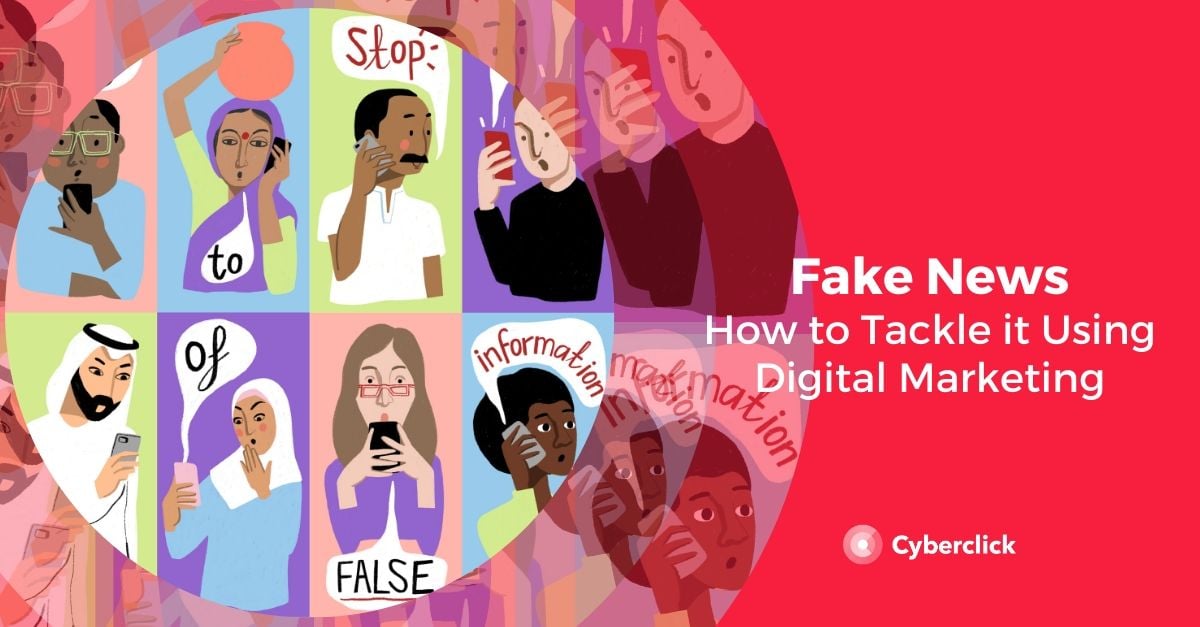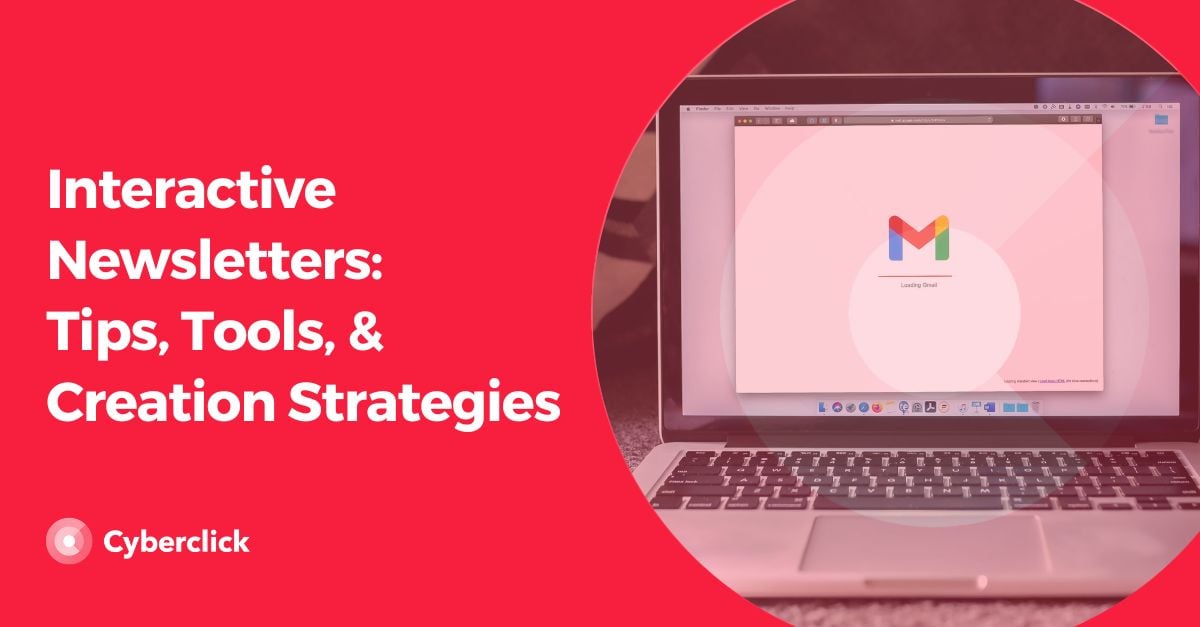Fake news is unfortunately a regular part of our online lives. However, there are thankfully many resources available to both users and brands to fight against this phenomenon.
Staying vigilant is especially crucial because some fake news can seriously damage the online reputation of a brand or company. It is important for your marketing and communications team to come up with a strategy and action plan for dealing with fake news in the digital environment, to ensure you are ready for anything that may come your way.
While fake news looks like it is unfortunately here to stay, there are ways your brand can be ready to act in case you become the unfortunate target of it.

Fake News and Its Impact
Between the constant barrage of real news stories, quality headlines, click bait, and spam articles, how do you differentiate between news that is true and lies? All of them appear to be true and certainly try to present themselves as true, but we know now from years of experience that this isn’t always the case.
This misinformation surrounds us and our businesses every day, and the media, politicians, and citizens can disseminate it with the simple act of clicking the share button. And many times users only ever read only the headline and without even opening the news. The rise of fake news is due to the demand for immediacy from society, the ease of sharing articles on social media, and less filtering from the media in an effort to keep up.
How does all of this misinformation affect your brand? And what can your brand do to stop this?
In the face of brand fake news, the fight can be tough. If your brand is the target of fake news, the effects can be severe: declined sales, a bad online reputation, customers or clients terminating their contracts, or investors leaving in disbandment. But luckily, there are some ways your brand can use digital marketing in the fight against fake news.
How To Deal With Fake News Affecting Business
Putting out a fire is always harder than feeding it. But there is some hope. Trying to disprove a fallacy can be complicated, but not impossible. Messages that ask users not to share articles often don’t work, because in this digital environment it is nearly impossible to stop the spread of content. There are some techniques that you can use if your company becomes a target.
How to Respond to Fake News Affecting Your Brand
- You can write a press release refuting the fake news. Provide relevant information that can be proven and confirmed, and send it to the main media outlets that have published the fake news. Also, it never hurts to ask the news source to withdraw their article if the information is false.
- Share the counter information on all of your social channels. Utilize your social networks, video channel, podcast, blog, website, etc., to spread the truth and set the record straight.
- Go To Google: If the lie comes from a page that specializes in hoaxes and it is impossible to contact it to ask for a rectification, then directly go to Google and report the page so that it deindexes its searches. However, the information must meet specific requirements in order for it to be withdrawn.
- Viraljacking. One way to turn the fake news around is to take advantage of the virality of the moment, using viraljacking or trendjacking. In some cases, this has been done with great success and can add some levity and humor to the situation. When interested users try to confirm whether the news is true or not, they can see that you’ve set the record straight, while also turning the issue into viral entertainment.
- Corporate silence. This strategy is an option, but not the best route in many cases. It's a little old school and worked better when the digital environment did not exist and the news lived and died without as much viral potential as it has now. But now, silence can hurt your brand even more and can project a feeling that the false information is true.
- Stop scheduled publications and review what has already been published. Make sure any posts or content that is pending won’t add wood to the fire. Take a look at what you’ve already published and see if any posts need to be taken down. If there is something old that can really hurt you, it may be worth taking it out and perhaps explain why you have gotten rid of old content.
- Don't fall into the trap of fake news. Fake news can make emotions run high and inspire a lot of emotion. Avoid getting into discussions or defending your reputation by responding to malicious comments. If your community (real customers, clients, or prospects) insists on communicating with you, conduct it privately (email, private messaging, etc.). Ensure that the person managing the crisis on the front line never loses the brand’s tone or turns the problem into something personal. Ensure the person responsible for communication, marketing or community manager is prepared for these levels of responsibility.
How to Avoid Spreading Fake News
- Focus on creating strong digital marketing content. If your brand regularly creates content, post only the information can verify, stand by, and properly source. Being classified as a medium that spreads fake news can drastically lower your popularity and damage your good name. Users will avoid your content and Google can penalize your domain and positioning.
- Avoid being punished by social media. This point has a lot to do with the previous one. Google, Facebook and Twitter have already launched tools to penalize accounts and pages that broadcast fake news as a technique to get clicks and more followers. For example, Facebook has put in place a protocol to dry-cut any revenue that has been achieved by spreading false news. And the use of the advertising option will be prohibited. Twitter now tags all false information related to Covid-19 as fake. Ensure you are only spreading affirmative, proven news so that your brand is not penalized by the social networks.
- Active listening. Always be aware of what is being said about your brand, whether it is good or bad. Perform active listening on social media, as it is one of the first places to detect fake news. The sooner you are able to be aware of a potential situation, the better you can prepare your brand and your communications teams.
Content & Marketing Strategist en Cyberclick. Apasionada por la comunicación, la generación de contenidos y el mundo audiovisual. Graduada en Periodismo por la Universidad Autónoma de Barcelona.
Content & Marketing Strategist at Cyberclick. Passionate about communication and content creation. Tanit holds a degree in Journalism from the Autonomous University of Barcelona.






Leave your comment and join the conversation